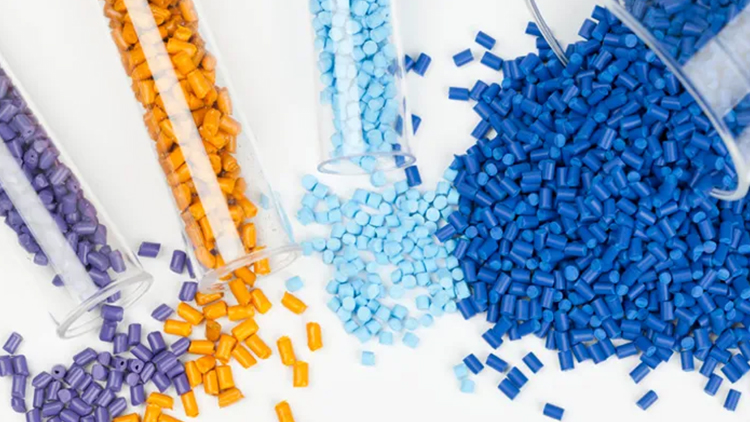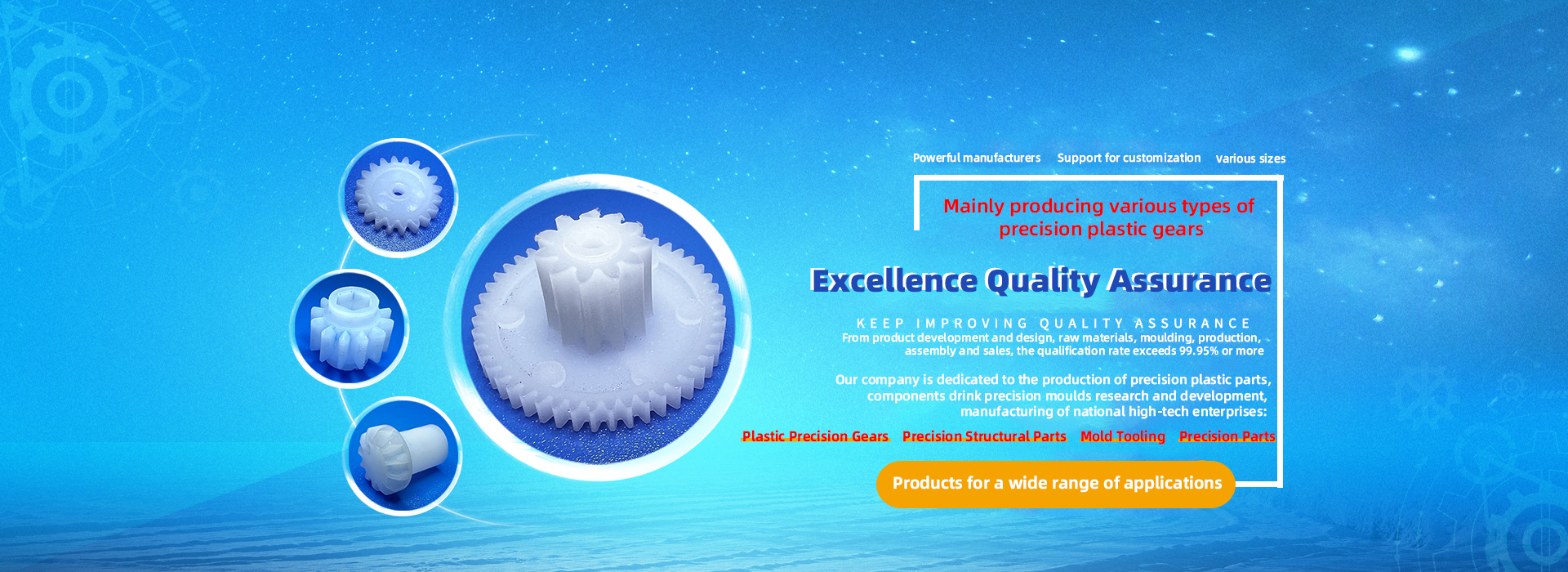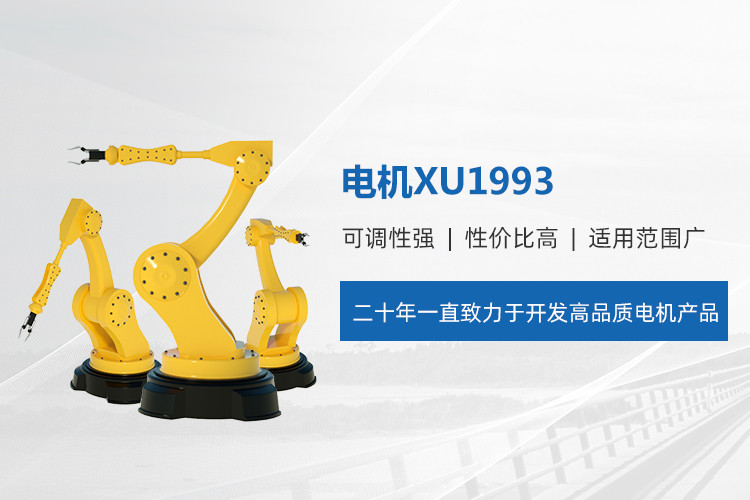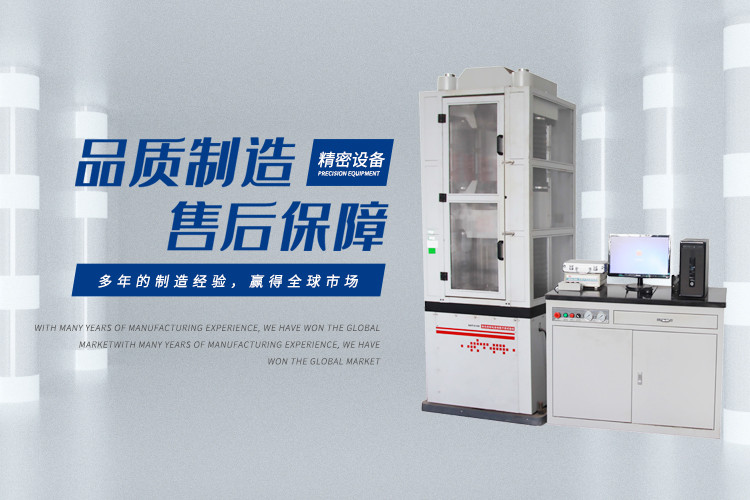Which material is more suitable for plastic gears?
1. ABS plastic and LDPE materials usually do not meet the performance requirements of plastic gears in terms of lubrication performance, fatigue resistance, dimensional stability and heat resistance, creep resistance and chemical corrosion resistance. However, they are also used in the field of low-grade sporting transmission gears such as various toys.
Thermoplastic elastomer moulded gears are particularly flexible and can absorb the shock loads generated by the transmission, resulting in low noise and smoother running.
Co-polyester thermoplastic elastomers are commonly used to mould low power, high speed transmission gears, which can also reduce operational noise despite some distortion and misalignment during operation.
2. PC (polycarbonate) has the advantages of excellent impact and weather resistance, high hardness, low shrinkage and dimensional stability.
However, the self-wetting properties of polycarbonate, chemical resistance and fatigue resistance is poor. This material is colourless and transparent, easy to colour, beautiful plastic parts, in the instrumentation precision gear transmission and craft decorations, still more applications.
3. POM (polyformaldehyde) has been the most common and important thermoplastic engineering plastic for gears for more than 40 years.
Because of the moisture absorption of polyformaldehyde is particularly small, can ensure that the gear for a long time the dimensional stability and in a wider temperature range of fatigue resistance, corrosion resistance and other excellent characteristics and self-lubricating properties, has been a single preferred engineering plastics in plastic gear.
4. PPA (poly-p-phenylene terephthalamide) has high thermal deformation stability and can maintain its superior mechanical strength, hardness, fatigue resistance and creep resistance over a high and wide range of temperatures and in high humidity environments.
It has the ability to work under high temperature and high humidity conditions that some PA6 and PA66 gears cannot withstand.
5. PA (nylon) has the advantages of good toughness and durability, and is another engineering plastic commonly used for gears. However, nylon has strong hygroscopicity, which can cause changes in the performance and size of plastic parts. Therefore, nylon is not suitable for precision transmission gears.
6. LCP (Liquid Crystal Polymer) has long been successfully used for injection moulding of micro-fine plastic gears with small moulding numbers. These gears are characterised by good dimensional stability, high chemical resistance and low moulding shrinkage. The material is commonly used for moulding micro plastic gears for watches.
7. PPS (polyphenylene sulfide) has high hardness, dimensional stability, fatigue and chemical resistance and characteristics as well as long-term use temperature up to 200 ℃ or more. Polyphenylene sulphide gears have been extended to automotive, special fluid pumps and other gearing applications where the work requirements are very demanding.
8. PEEK (polyether ether ketone) and modified polymers have been successfully used as high-performance plastics in heavily loaded power transmission gears. With high temperature resistance, high overall mechanical properties, wear and chemical resistance, these materials are the top workhorse plastics in moulded gears today.
9. PBT (polyester) can be moulded to produce gears with a very smooth surface. The maximum working temperature of unfilled modified plastic parts can reach 150°C, and glass fibre reinforced plastic parts can reach 170°C. The gears have good transmission properties and are often used in gear construction.

- Previous:What to look for in a plastic gear lubricant?
- next:Already the last article














